1. Universal Free School Meals for All
✅ Momentum with House Educations and Labor Committee Chairman Bobby Scott. He introduced a bill during pandemic that resulted in elevating the conversation about this.
✅ Reduces childhood hunger
✅ Supports learning by reducing tardiness and illnesses
✅ Improves learning outcomes
✅ Eliminates cost barriers for children who’s families are near the cut off line
✅ Eliminates the burden of reporting family income from children
✅ Eliminates stigma in school
The time and momentum for this is now. We must make school meals a part of the school day to ensure all children have access to healthy meals. A family of 4 must have a Gross Income of $33,475 or less to qualify for free meals.
2. Restore Sound Nutrition Standards
✅ Based on science and the latest Dietary Guidelines for Americans
✅ Necessary to reduce obesity and improve diet quality
✅ Educational opportunity to teach children lifelong healthy habits
✅ Due to increased food insecurity this is needed now more than ever
3. Increase Reimbursement Rates
✅ School nutrition programs operate on a per meal reimbursement rate
✅ All expenses for operating the program come from that reimbursement
✅ Federal reimbursement rates are based on the Consumer Index of Food Away from Home- this is not a good Index to use due to the fact that it does not take into consideration the cost of fresh fruits and vegetables and milk.
✅ After operational costs, approximately $1.20 – $1.30 is remaining for food
✅ At least a 10% increase is needed at this time
Reimbursement rates for a free school meal during 2020-2021 school year.
Lunch $3.58
Breakfast $1.89Reimbursement rates for a free school meal during 2010-2011 school year – 10 years ago
Lunch $3.18
Breakfast $1.48
4. Modernize the Summer Meals Program
✅ Summer meals program is based on decisions made in 1960
✅ Need to review serving models and identify best ways to meet needs of communities
✅ Need to review meal pattern and nutrition standards to adhere to the Dietary Guidelines for Americans.
✅ Remove congregate feeding site requirements
✅ Broaden the income eligibility percentage to increase number of sites
5. Revise Use of USDA Foods Dollars
✅ 20% of school food service budget is based on annual allocated USDA foods dollars
✅ State agencies make the decision as to what is available in their state
✅ Using allocated dollars to buy local would improve the type of products available to districts, the quality of food served, and add to community economies
✅ Replace program with a single series of pass-through values to be deducted from distributor bills for specific agricultural groupings.
6. Single Meal Pattern
✅ Create a single meal plan and nutrition requirements for all nutrition programs under the authority of school nutrition programs (SBP, NSLP, CACFP, SSO, and SFSP).

Join the Conversation
The latest news and headlines from Urban School Food Alliance
Urban School Food Alliance Launches District Pilot Project to Revolutionize School Food Procurement for Healthier Meals
Oct 11, 2025
Efficient procurement serves as a powerful lever for driving meaningful outcomes in school nutrition programs....
Baltimore City Public Schools: Behind the scenes: How City Schools’ Food and Nutrition team prepares for the new school year
Oct 2, 2025
Back-to-school means different things to different people, but for the Food and Nutrition team, it marks the...
Urban School Food Alliance Membership Welcomes Baltimore County Public Schools as Newest Member, Increasing Reach to 4.5 Million Students
Sep 29, 2025
USFA Expands Membership furthering vision of being the leading change agent for school nutrition WASHINGTON,...
TIME: Why It’s So Hard to Make School Lunches Healthier
Aug 25, 2025
Students at the Tahoe Truckee Unified School District in California dine on locally sourced fruits and...